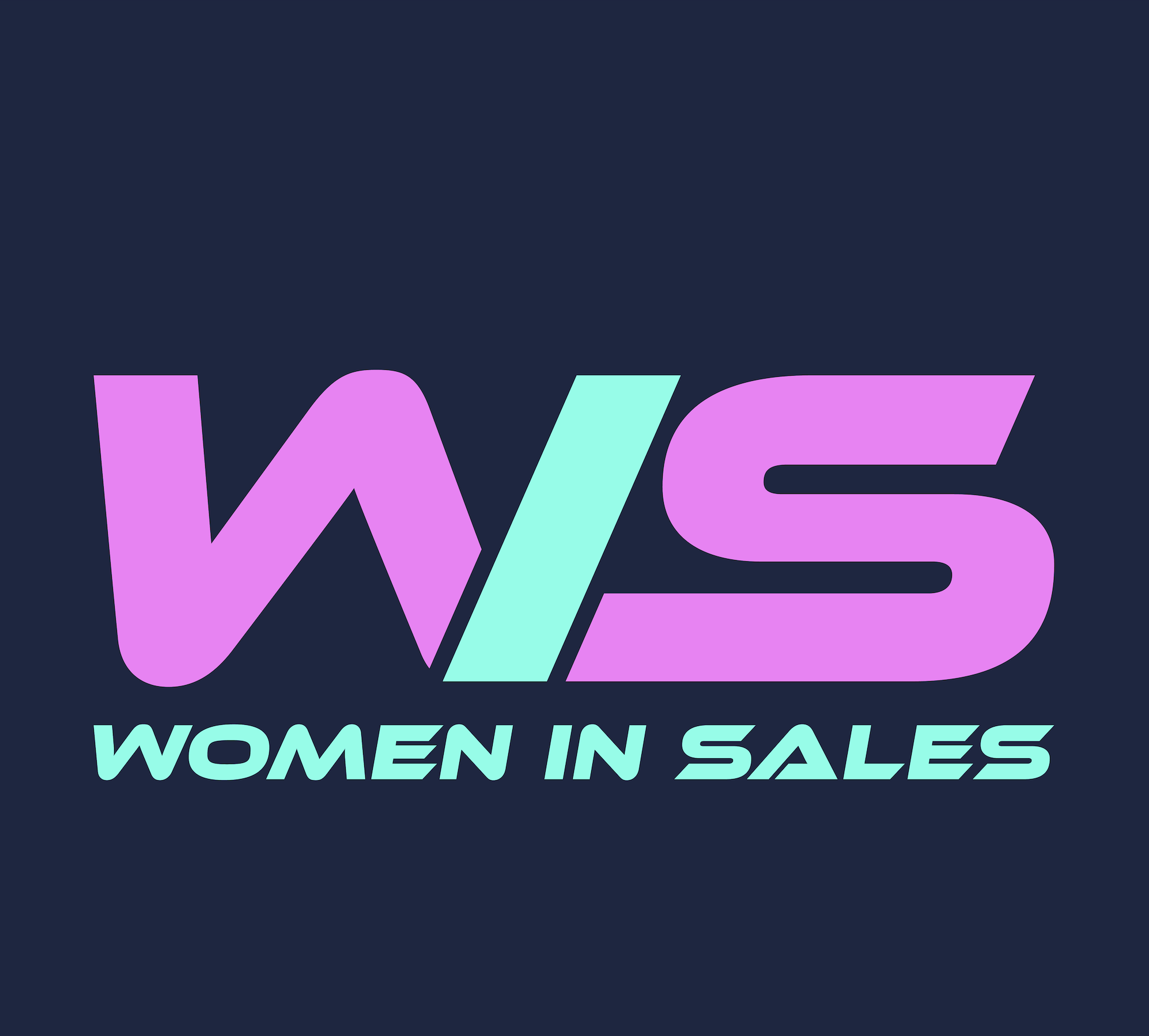Cold Email In Sales
Cold email in sales is a widely debated topic, often being compared to spam and questioned for its legality and effectiveness. By definition, cold emailing is the practice of sending unsolicited emails to potential clients or customers with no prior relationship or interaction. The purpose of these emails is to introduce products or services offered by a business in hopes of converting the recipient into a customer.
There are several questions that arise when discussing cold email in sales. One primary concern many people have is whether it is illegal to send emails without permission. In certain jurisdictions, there might be regulations that govern such practices, such as GDPR (General Data Protection Regulation) in Europe and CAN-SPAM Act in the United States. These regulations aim at protecting users’ personal data and regulating commercial electronic communication.
Under these laws, businesses are usually allowed to send cold emails as long as they adhere to specific requirements. For example, the sender must clearly identify themselves, provide an option for recipients to unsubscribe from future communications, and avoid misleading or deceptive subject lines. While not strictly illegal if compliant with such guidelines, it remains important for businesses to respect their audience’s preferences and refrain from excessively intrusive marketing practices.
Another important consideration many sales pros have is, “is cold emailing effective?” Although cold emailing can be seen as an outdated method for generating leads and building relationships – particularly given the exponential rise of social media marketing – when done correctly, it can still yield impressive results. The critical factor lies in crafting personalized messages that demonstrate value-addition to prospects while addressing their pain points specifically.
A strategic approach should involve researching the target audience extensively before reaching out through cold emails; this involves identifying common problems faced by prospective clients within your niche market and providing solutions tailored specifically for them. Furthermore, ensuring that your messaging is engaging and concise will significantly impact your campaign’s success rate.
The distinction between cold email vs spam becomes crucial when evaluating the legitimacy of this marketing technique. Spam refers to unsolicited, irrelevant, and repetitive emails sent en masse to a large number of recipients without their permission. In contrast, cold email in sales involves targeted communication with potential clients or customers that may genuinely benefit from the products or services being offered.
Moreover, cold email vs warm email is another comparison worth discussing. Warm emails are messages sent to recipients who have had prior interaction with the sender – either through previous business transactions, participation in webinars or events, or subscription to newsletters. Sending warm emails tends to result in higher open rates and engagement as recipients are already familiar with the sender’s identity and offerings.
In conclusion, cold email in sales can be an effective marketing strategy when executed legally and thoughtfully. Ensuring compliance with relevant regulations and guidelines not only keeps you within legal boundaries but also helps build trust among your target audience. Additionally, focusing on personalization, value addition, and addressing the pain points of prospective clients separates a well-crafted cold email from spam. Consequently, it becomes essential for businesses to weigh the benefits and challenges associated with this approach and determine if it aligns with their overall marketing strategy.
Cold Email Templates
Cold email templates are a valuable tool for businesses looking to expand their reach and generate new leads. These templates provide a pre-written structure that can be customized to fit each unique prospect, helping to enhance engagement and make a stronger impression in recipients’ inboxes. When it comes to B2B marketing, finding cold email templates that deliver exceptional results is crucial for success.
The use of a cold email template B2B is particularly important, as these businesses require more targeted and persuasive communication than those in the consumer market. Business-to-business interactions often involve complex decision-making processes with multiple stakeholders, so crafting an effective message demands precision and attention to detail. Fortunately, there are best practices that can help guide your B2B cold email efforts.
One aspect of crafting the best cold email templates for B2B is ensuring they stand out from the competition. With countless companies vying for attention in crowded inboxes, you will need to offer something unique and compelling if you hope to elicit a positive response from potential customers or partners. This doesn’t necessarily mean employing gimmicks; rather, focus on providing value through informative content and insights that address the recipient’s needs or challenges.
It’s important that cold emails not only grab the attention of your target audience but also elicit responses from them—after all, engaging with prospects is key to building strong business relationships. To create cold emails that get responses, it’s essential to demonstrate an understanding of the recipient’s industry or situation while offering solutions tailored specifically for them. Researching your target audience and crafting personalized messages can go a long way toward fostering meaningful connections through cold emailing.
Personalized cold email examples showcase how tailoring messages according to individual customer profiles can dramatically increase your chances of eliciting positive responses. Rather than using generic language or making sweeping generalizations about your products or services, consider highlighting aspects most relevant to each recipient’s unique needs, challenges, or interests. Demonstrating genuine understanding and empathy for your prospect’s situation can help break down barriers and facilitate more open, honest communication.
The success of cold email templates depends on various factors, including the quality of the content, personalization efforts, and the relevance of the message to recipients. By incorporating best practices such as targeting specific industries or prospects with tailored information, you increase the likelihood of receiving positive responses. In turn, this can lead to stronger business relationships and more opportunities for growth in today’s competitive B2B market.
In summary, cold email templates are an essential tool in any B2B marketer’s arsenal, particularly when looking to make a memorable impact on target audiences. By employing personalized approaches that cater specifically to each recipient’s needs or challenges, marketers can create compelling messages that not only capture attention but also encourage a meaningful response. Following these best practices for crafting impactful cold emails will ultimately contribute to increased engagement, better results from your marketing efforts, and sustained growth within your industry. You can find hundreds of pre-made sales templates here, on The Juice!
Cold Email Software
Cold email software is designed to assist in crafting and sending mass emails for marketing purposes. This type of software has become increasingly popular among businesses and individuals looking to expand their reach, generate leads, and establish connections with potential clients. With a range of features aimed at streamlining the process, cold email software can prove invaluable in helping users achieve their desired results.
One aspect that makes cold email software particularly attractive is the availability of free options. Cold email software free versions typically offer functionalities like customizable templates, automated follow-up sequences, and tracking capabilities. While these features may be limited compared to premium alternatives, they can still prove useful for those on a budget or simply exploring the world of cold emailing for the first time.
Email outreach software takes cold emailing a step further by providing additional tools to help users refine their messaging and target audience more effectively. For instance, such programs might include advanced analytics that allows users to monitor open rates, click-throughs, and other key performance indicators (KPIs). By identifying trends within these metrics, users can optimize their campaigns accordingly.
Furthermore, some email outreach software offers integration with customer relationship management (CRM) systems or social media platforms. These integrations enable users to better manage their contacts’ information across multiple channels while also making it easier to research prospects before engaging them via cold email. By ensuring that each message feels personalized and relevant to its recipient’s needs or interests, marketers can increase the likelihood of receiving positive responses from recipients.
In addition to offering an array of helpful features designed specifically for cold emailing campaigns, many email outreach programs provide intuitive interfaces that make the learning curve manageable even for those who might not have extensive experience in digital marketing. Tutorials and guides are often included as part of these platforms’ offerings so that newcomers are able to learn best practices quickly.
One critical element of any successful cold emailing campaign is A/B testing - a practice where two slightly different versions of an email are sent to different segments of a target audience to determine which approach generates the best results. Many cold email software providers include built-in tools for conducting these tests, streamlining the process and making it easier for users to refine their strategies.
Lastly, cold email software often comes equipped with tools for handling the more technical aspects of mass mailing. For example, some platforms provide assistance in managing spam compliance and sender authentication. By ensuring that emails meet the necessary standards for deliverability, these features help reduce the likelihood that messages will be flagged as spam or otherwise go unnoticed by recipients.
In conclusion, cold email software has become an essential tool in today’s competitive business landscape. With options available for various budgets and skill levels, users can find solutions that cater to their unique needs and goals. By embracing the potential of this technology and utilizing its myriad features - from analytics to integration with CRMs and social media - marketers can improve their outreach efforts significantly while also maximizing the ROI on their campaigns. Whether using a free version or investing in premium alternatives, implementing cold email software is a wise investment for businesses looking to widen their reach and generate valuable leads through targeted outreach campaigns.






![[On-Demand] The State of Gated vs. Ungated Content [On-Demand] The State of Gated vs. Ungated Content](https://main-app-production-public.s3.amazonaws.com/6lm7wt7qx9mwmeq5fxfl0q5wvzgn)









